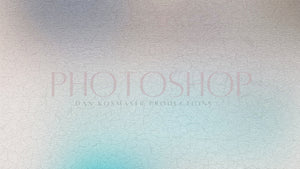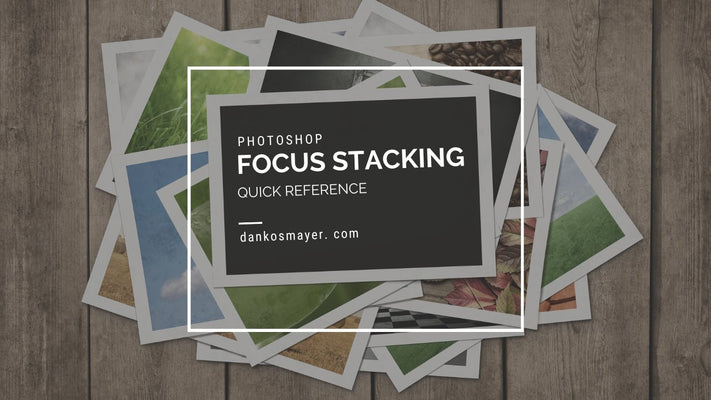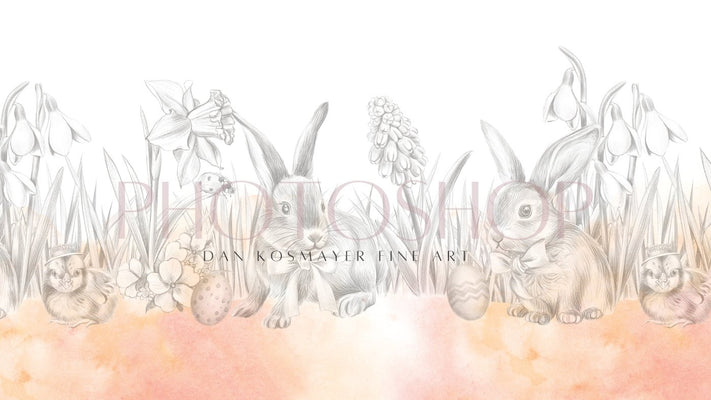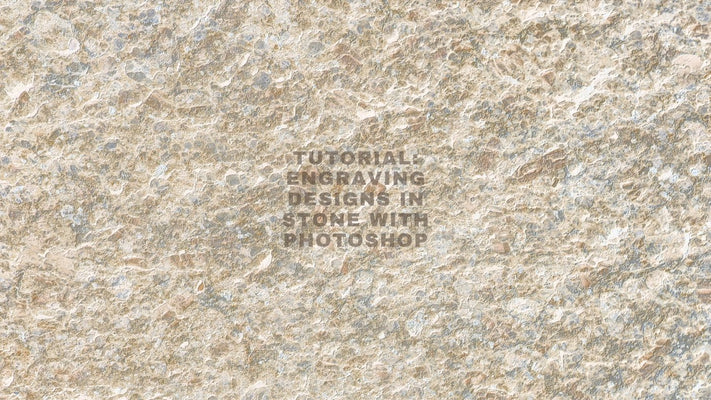Tutorial: Add Craquelure to Your Digital Oils with Photoshop

Last week’s post about Worth1000.com’s Modern Renaissance, featuring modern-day celebrities digitally added to the great works of the past, inspired me to give it a shot. I started with the following photo of a non-celebrity from Deviant Art which is obviously based on the famous Girl With a Pearl Earring by Vermeer. I worked in both Photoshop and Painter to create my faux Vermeer. The painting work on the face was done in Painter, while the lighting, texturing and color correcting were done in Photoshop.
This slideshow gives you a quick idea of how this painting progressed. Someday I’m going to find a good way of showing a work in progress. This will do for now.

What I wanted to share with you today is the method I came up with for adding the craquelure (old cracking paint) look. It’s pretty simple. I created a Photoshop pattern file with a craquelure pattern. After downloading it, copy it to the Patterns folder, which is in the Presets Folder.
The advantage of using a pattern is that it will work with any size image; you don’t need to resize a texture file to match your image. Here’s how it works.
Adding the craquelure is done at the end, as a finishing touch. It won’t turn a photo into an Old Master, but it does work nicely with a digital painting done in an oil painting style.
To begin, insert a blank layer above your image (Go Layer > New > Layer, or click the new layer icon in the Layers palette at the bottom). Very important: make sure you change the layer blending mode to Multiply. Rename this layer Craquelure. Now, if you double-click in the right portion of the new layer, the Layer Styles dialog box will appear. If that’s not working for you, try Layer > Layer Style > Bevel and Emboss. However you get there, Bevel and Emboss is the option we want.
Don’t worry about the settings here on the Bevel and Emboss panel for now. We need to load our pattern first. Click on the word “Texture” on the left side there in the Layer Styles box. The center section changes, and now you’re looking at settings for Texture. There’s a default texture showing. Click where it says click in the next screenshot, to get to the currently-loaded patterns. The Craquelure.pat pattern you copied into the Patterns folder needs to be loaded. To do that, click the down-triangle to get yet another drop down. In that list it will say “Preset Manager…”. Click on that.

The next screenshot shows the Preset Manager. In the upper left, select “Patterns.” Then click the Load button on the right, and you’re brought into your computer to find the pattern file. On my Mac it’s under Applications>Adobe Photoshop CS3>Presets>Patterns. Click on the new pattern file to load it. Phew! That was the hard part. Now the fun begins.

Now that the pattern is ready to go, you can select it from the texture window drop down (the one that said “Click” earlier). Here’s what your settings can look like.

These are just a suggestion. You will want to play with the Scale setting, to make your craquelure sizing match your particular image. You can hop over to the Bevel and Emboss option (click on the words on the left side), and try the different settings out. I used Inner Bevel, as you can see here.

You should be able to see the craquelure texture update on your image as you change settings for Texture and Bevel and Emboss. Remember to use the Multiply layer blending method, or it won’t look right. One thing I want to mention is that the pattern I created is transparent. The Bevel and Emboss works because the file is transparent. I tried it with a black on white image at first, and all it did was bevel the edge of the entire image. So keep that in mind if you create your own patterns for embossing. You could use this method for adding scales to a dragon, or fancy carving in wood, etc.

By the way, there is a built-in craquelure filter in Photoshop (go Filter > Texture > Craquelure), but I’ve never gotten very good results with it. I hope you find the method here works for you.










